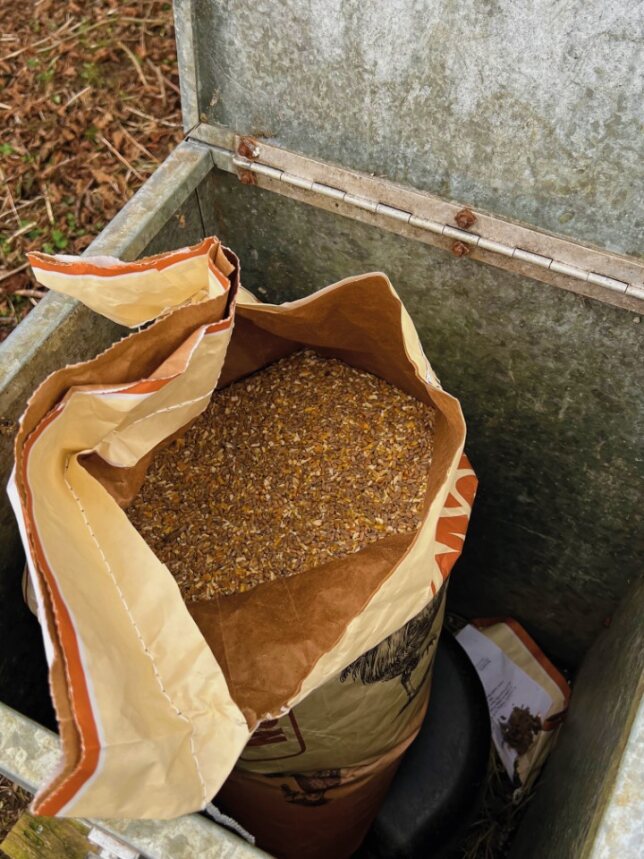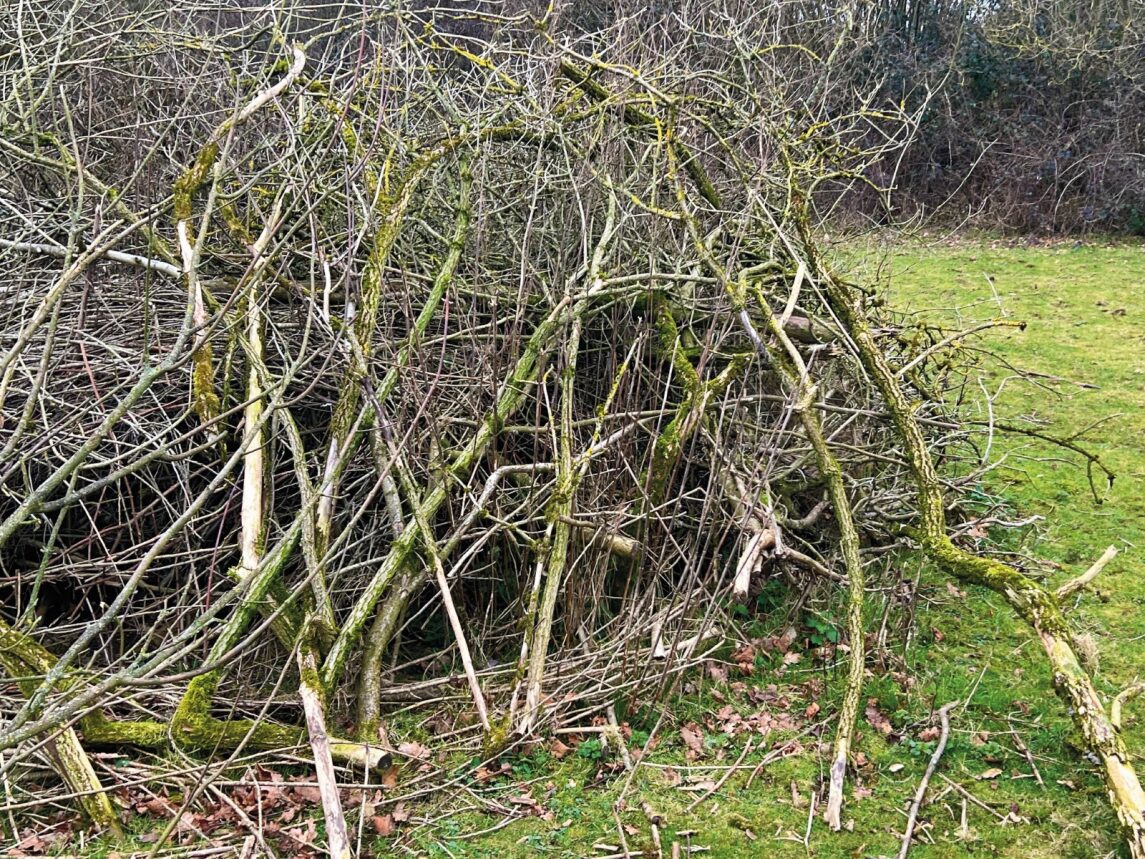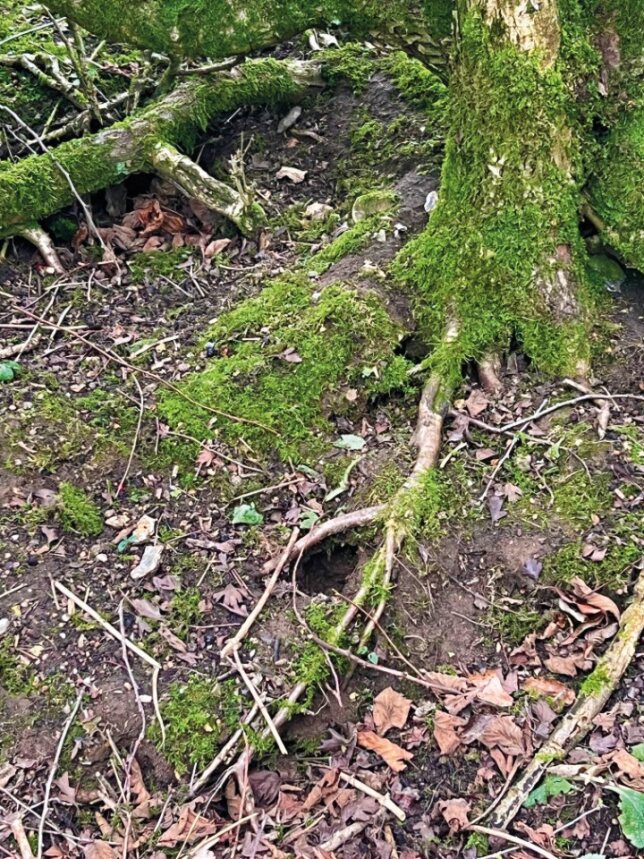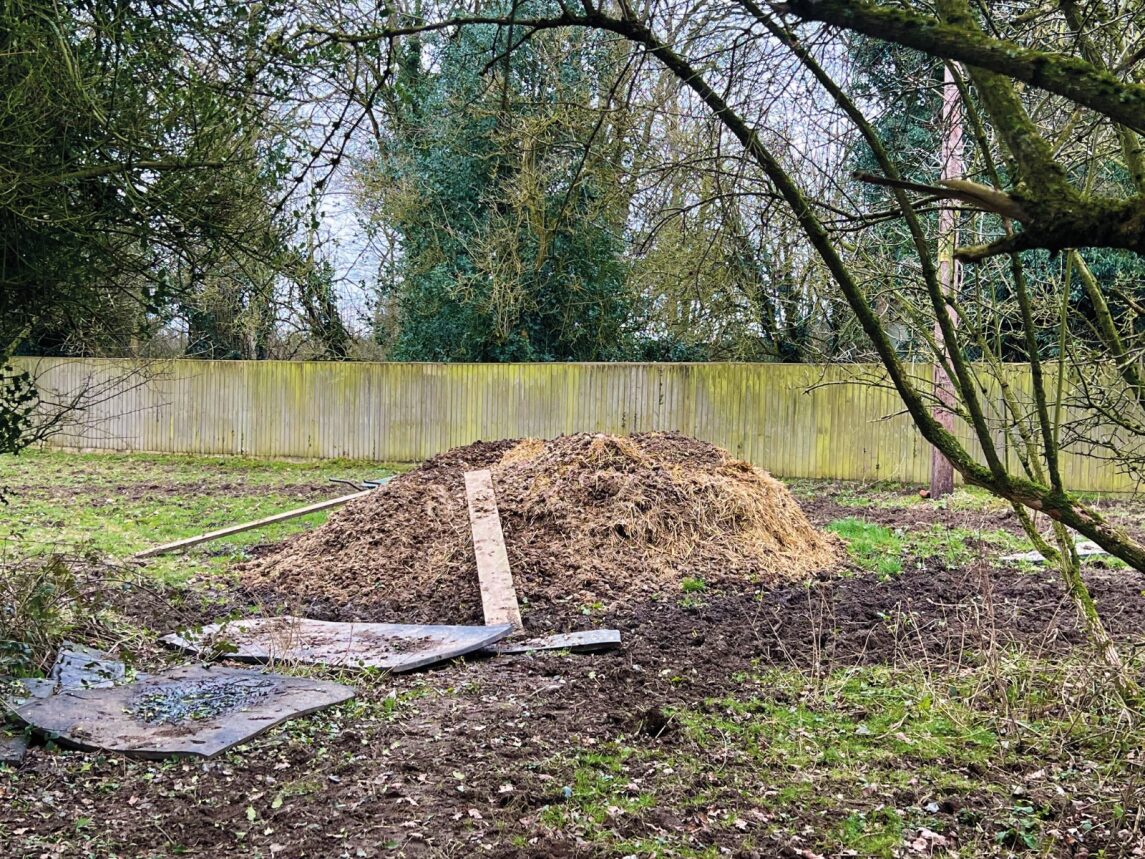Getting a new shoot is a major achievement – here’s how to make the most of it
There isn’t much more exciting for a hunter, than taking those first, exploratory steps on a new permission. Those steps require guidance, though, if they’re going to lead you toward making the most of your exciting new opportunity. The really good news is, with a little forethought and plenty of observation, you really can hit your new ground running. Let’s now take a look at the sort of situations found on many new permissions, and how to maximise their potential.
THE EYES HAVE IT
The golden rule of making the most of any new permission, is to do your homework. Using your eyes, ears and a little technical assistance, your job is to map out the best opportunities your new permission presents, and the most effective way to do this, is to leave your rifle at home during those initial recce sessions. I’ll say that again – don’t take your rifle on your first explorations. Instead, take binoculars, your mobile phone, and ideally, a thermal spotter, with the latter even more useful during your nighttime evaluations.
WHAT YOU’RE LOOKING FOR
Your quarry needs access to a variable combination of the following: food, water, shelter and somewhere to rest. Rats, rabbits, and squirrels will exploit natural and man-made features to their advantage, and in so doing they’ll leave signs of their activities. Some signs – holes, burrows, runs, damage to structures, crops and saplings – are fairly easy to spot, even if the animals themselves remain hidden.
Daylight recces are ideal for finding the signs and pointers, and once you’ve logged these, it’s time to look around for potential ambush sites, where you could set up a hide or any sort of shooting station.
TIMING YOUR APPROACH
Once you’ve found a good selection of potential quarry hotspots, plenty of which are pictured within this feature, the next piece of vital information is discovering when to concentrate on them. Again, observation is your greatest ally, and visiting your shoot during as many times of the day and night as you can, will gradually reveal your quarry’s preferred timetables. These times will vary, according to things like weather conditions and the available daylight hours, especially around dawn and dusk, but enough of a pattern will emerge for you to use to your advantage.
WINDS OF CHANGE
Another major observation that should form part of your shoot-mapping notes, either on your phone or in a notebook, concerns the direction and effect of the prevailing winds. Your phone’s compass app will give you a steer on wind direction, and observation will reveal the rest. Which side of the sitty trees do pigeons and crows prefer, and is that dictated by certain wind direction? Most birds prefer to roost in a sheltered side of a favourite tree, away from the direct chill of a northerly wind, and that information – once confirmed by your observations – can be used to help you build a hide in the best possible place.


 Livestock feed is always a major source of attraction for rats and squirrels, so study troughs and bins as closely as possible. Using locally sourced materials to build hides and disguise ambush points is always the best way forward. Rats and rabbits will always leave obvious signs, and it’s up to you to build your ambush points and patrol routes around them.
Livestock feed is always a major source of attraction for rats and squirrels, so study troughs and bins as closely as possible. Using locally sourced materials to build hides and disguise ambush points is always the best way forward. Rats and rabbits will always leave obvious signs, and it’s up to you to build your ambush points and patrol routes around them.
NATURAL ADVANTAGE
Remember, it’s always best to consult your shoot’s owners and managers before you make any changes to the landscape, including the building of hides, the construction of high seats, or any other visible alterations you want to make. Even when your plans are given the go-ahead, making them as inconspicuous as possible is always the best way forward, especially where hunting success is concerned. Basically, your quarry, and the wildlife that lives on your shoot, will always react to any changes, and the more obvious those changes are, the longer the local animals will take to accept them and carry on following the routines you’ve observed and noted.
In short - hides made and outwardly dressed with locally sourced materials will always be better than those constructed from materials that are unfamiliar to the resident wildlife.
FINALLY – GIVE IT TIME
With your initial observations noted and your hunting plans made, always keep two things in mind; first, it takes a lot of time to develop a working understanding of any shoot, and second, the habits of your quarry will constantly change. These facts demand the virtues of patience and adaptability from you, and these will serve you well on your new permission – and throughout your hunting life.
 Food and shelter, plus warmth in this case, will rarely be ignored, especially by rats.
Food and shelter, plus warmth in this case, will rarely be ignored, especially by rats.